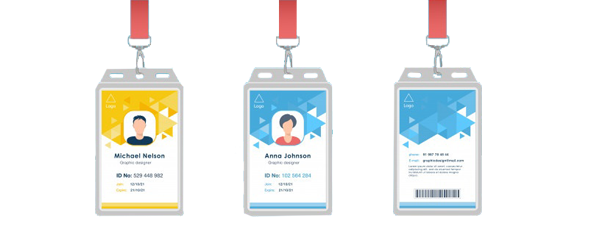
These comprehensive evaluation methods are crucial in assessing a candidate's potential for success in the design industry. They provide a comprehensive assessment of an individual's skills and abilities, which are essential for success in design-related disciplines.
By following these tips, you can effectively prepare for PU-DAT and increase your chances of success.

DAT is conducted by Parul Institute of Design to seek evidence of the attitude, aptitude, achievement, motivation and perception essential in a potential student of design. The selection process will be held in three stages- 1. DAT- Design Aptitude Test 2. Portfolio Round
1st Stage: Online MCQ Examination
2nd Stage: Online Subjective Paper Solving
3rd Stage: Online Portfolio Submission
The candidate must have successfully completed the 12th Examination in any stream (Science, Commerce, or Arts) with English as a subject from a recognised board; additionally, candidates are required to qualify the Design Aptitude Test (PU-DAT), which will be conducted by the University.


PU-DAT exam is of 3 sections. 1st section consists MCQs of 40 marks, 2Nd section of subjective questions for 60 marks and 3rd section will be evaluation of candidate’s portfolio for 100 marks. 200 marks in total
The Design Aptitude Test covers all the aspects from Design, Logical and Analytical Reasoning, Critical Thinking, General Knowledge. Yes. One mock tests are conducted before the final DAT.


No. The NATA score is not taken into account for the DAT. Candidates shall have to give PID DAT.
He/she will be required to fill the online application on the Parul University website. The application fee is Rs. 2000/- Fee has to be paid in online mode via credit card/debit card or UPI.


PID does not provide an admit card but the candidates will receive Login Credentials to give their online DAT via Email/SMS/Call. The DAT shall be conducted on WAC (World Assessment Council ) online platform.
Yes, the DAT is common for all the applicants for undergraduate design admissions.


No, there is no waiver for any of the rounds. It is mandatory to appear for all of the three rounds.
No, a student cannot apply more than once for DAT exam.


No, there is no test that works as an alternative for DAT.
Do you like to draw or make things with material found around the house? Do you like working on jigsaws and puzzles? Are you curious about how things work and why some don't work? Would you rather doodle and explain an idea than talk about it? If you answer yes to most of these questions, then you do have an aptitude for design.


Drawing is a skill, learnt and perfected by practice. PID DAT is not just to judge your skills at drawing or sketching but rather to assess your ability to question the design problem and communicate your ideas/design solutions.
Candidates scoring more than 60 percentile in DAT exam will get a scholarship of 20% on tuition fee for 1st year only. More than 70 percentile will get 30% scholarship on tuition fee for 1st year only and more than 80 will get 40% scholarship for on tuition fee for 1st year only.



To prepare for a design test, it is essential to understand the syllabus thoroughly. Regular practice is also crucial, as is enhancing creative thinking and managing time efficiently. By doing so, one can gain the necessary skills and confidence to succeed in the examination.
Clearing a design aptitude test requires consistent practice, a strong understanding of design principles, and effective time management during the examination. It is essential to approach the test with a calm and focused mind and to have a strategy in place for managing time and answering questions.


Preparing for a Design Aptitude Test (DAT) involves studying the syllabus, practicing previous years' questions, enhancing creativity, and seeking guidance from mentors or professionals. With the right preparation, one can gain the skills and confidence to perform well on the test.
A Design Aptitude Test evaluates a range of skills, including visual perception, creative thinking, problem-solving, design fundamentals, and spatial understanding, among others. These tests are designed to assess an individual's potential to succeed in the field of design and to identify areas where they may need further development.
